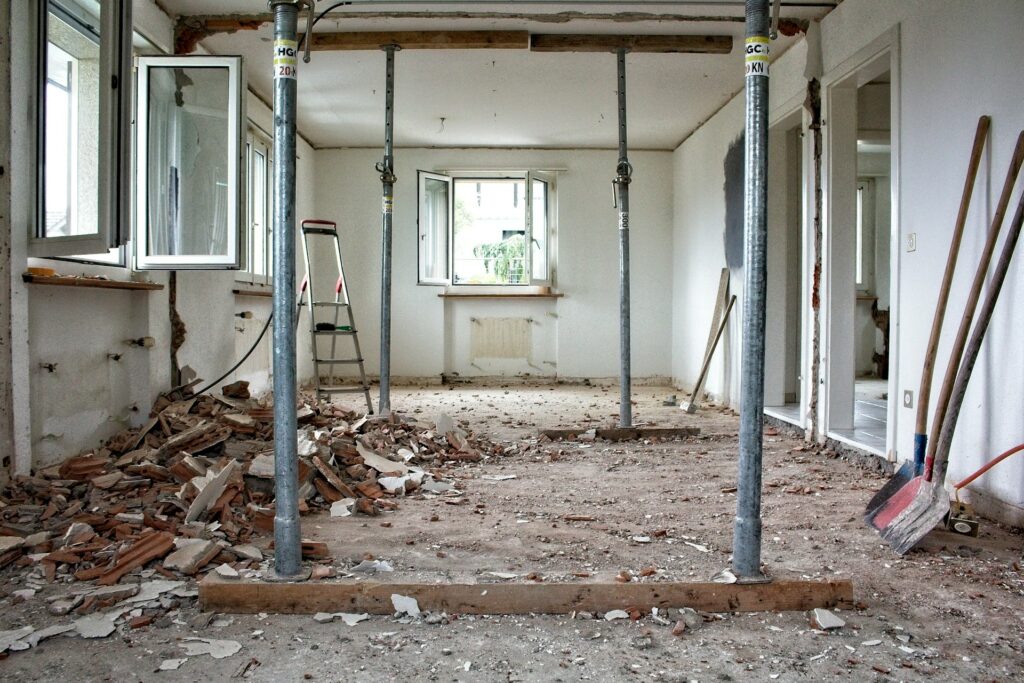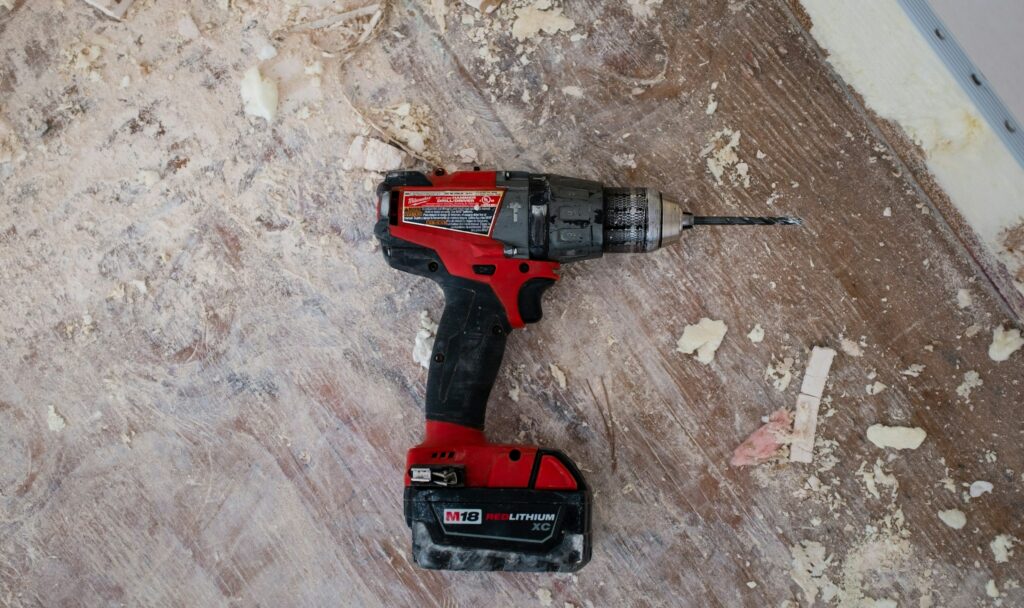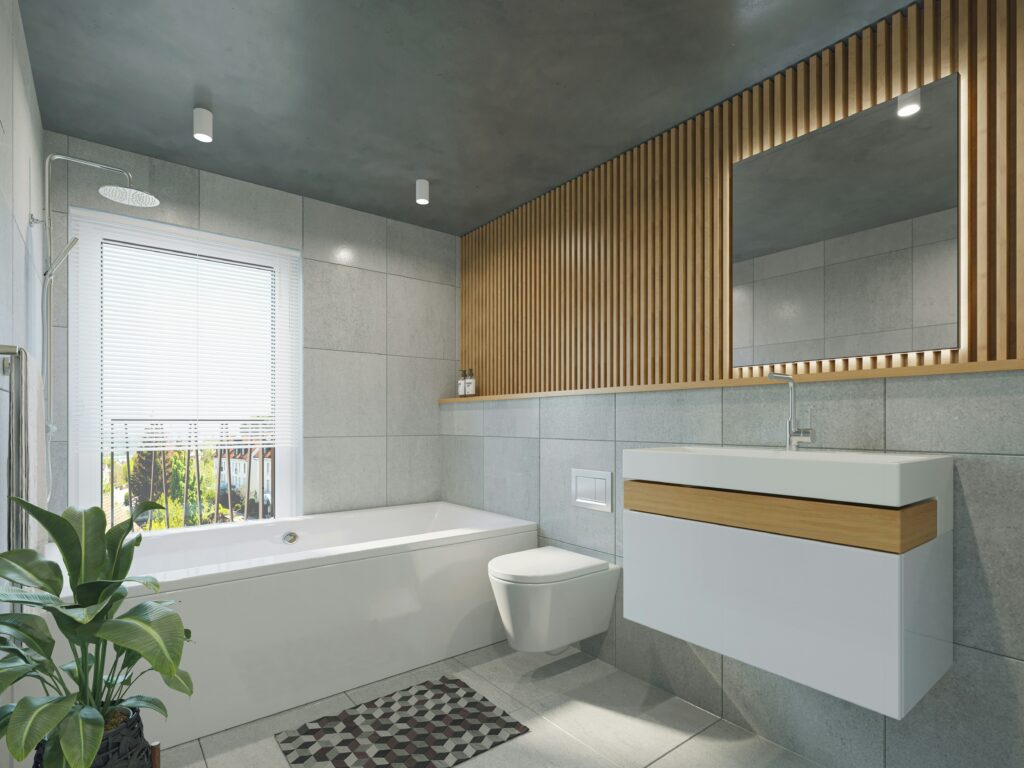Leaseholders do not own their property outright, but have the right to occupy or sublet it for an extended period, typically 99 years or more. This means they do not have an automatic right to make lasting alterations to the property, such as installing a new wet room or replacing the windows. Instead, they must get permission from the landlord and any other party as required by the lease.
The exact terms of what kinds of alterations require permission will be set out the in the lease (see our blog ‘What does the lease say?’). In most leases, the landlord will require permission for any alterations beyond superficial redecorations. This means licence to alter will be required for any alterations to the structure of the property, such as removing partition walls, or for installing new wet facilities or heating systems, especially where works will involve cutting through an external wall.
Any such work undertaken without licence to alter would be in breach of lease, and the leaseholder would be liable for reinstating the property at their own expense. This is one of the things a solicitor would look for on behalf of any prospective buyers, so any alterations made without licence would also be an obstacle to selling the property on.
What do leaseholders have to do?
The leaseholder who wants to undertake alterations is responsible for setting out the proposed scope of works to the landlord. This will usually mean preparing design drawings, structural drawings, building services drawings and specifications. The leaseholder must also provide an undertaking that all works will comply with relevant statutes,planning consents, bye-laws, building regulations and good working practices. A suitably qualified solicitor or building surveyor can guide the leaseholder through this process.
Once approved by the landlord, all this information will be recorded in the licence to alter. Any subsequent changes will require either an addendum, or a brand new licence. Subject to the lease terms, it is normal to have a reinstatement clause, whereby the leaseholder agrees to restore the property to how it was prior to the alterations. All works and fees would be at the leaseholder’s own cost.
Even if the proposed scope of works is relatively straightforward, the landlord is likely to appoint their own professional team (led by a chartered surveyor) to review and approve the designs, calculations or specifications put forward by the leaseholder, also at the latter’s expense.
What do landlords have to do?
The licence to alter, which is a legal document, is normally prepared by the landlord’s solicitor and issued to the leaseholder’s professional team for approval – and payment. Legislation requires landlords to act within a reasonable period of time, not to withhold consent unreasonably when licence applications are made, and if it is withheld, to explain why. The burden of proof will usually be on the landlord to show they have complied with their duties.
How we can help
The Licence to Alter team at Earl Kendrick is ready to help property managers and landlords deal with applications from leaseholders – or indeed to guide leaseholders in their own applications. Please feel free to contact us on enquiries@licencetoalter.com.



